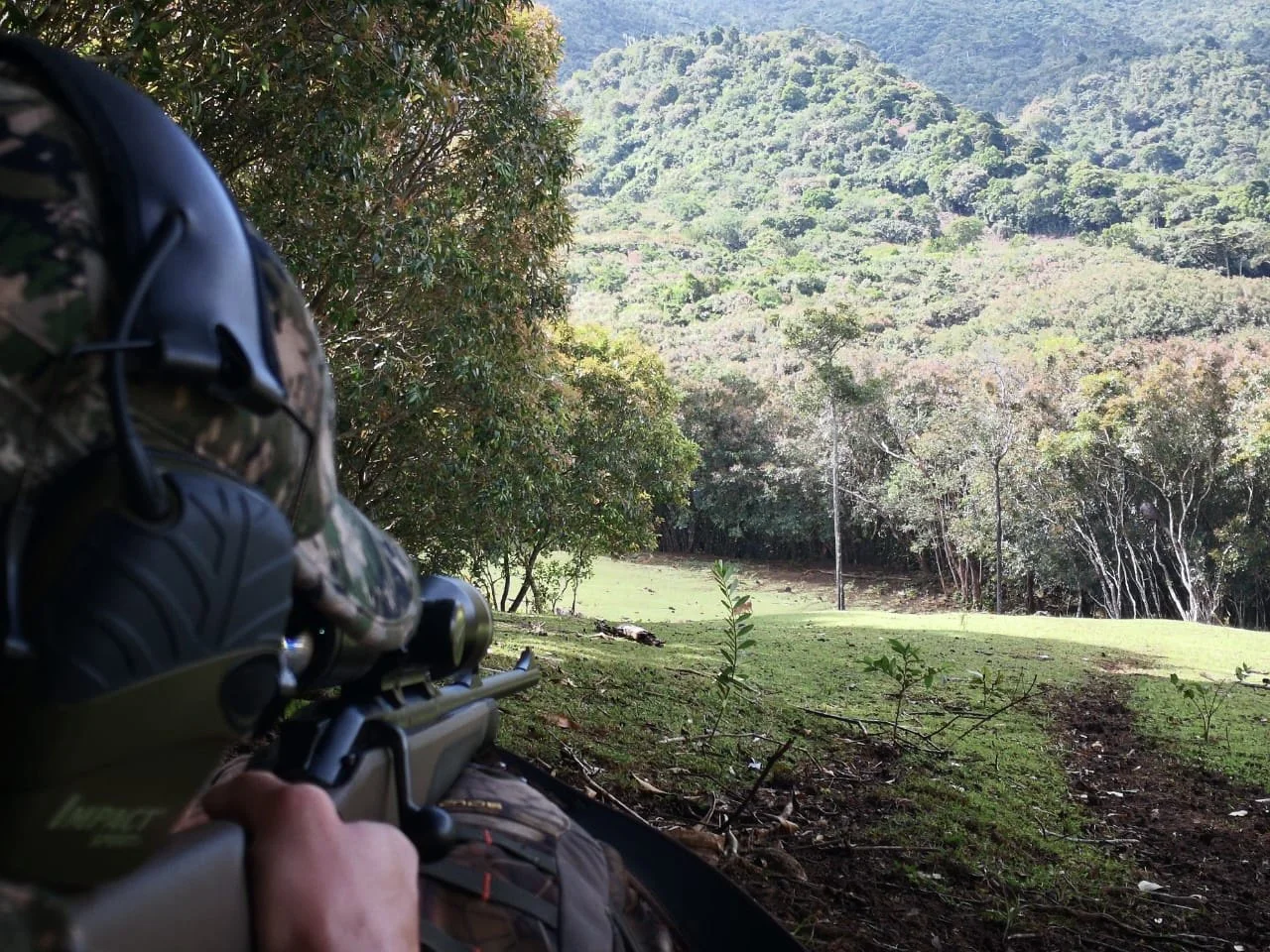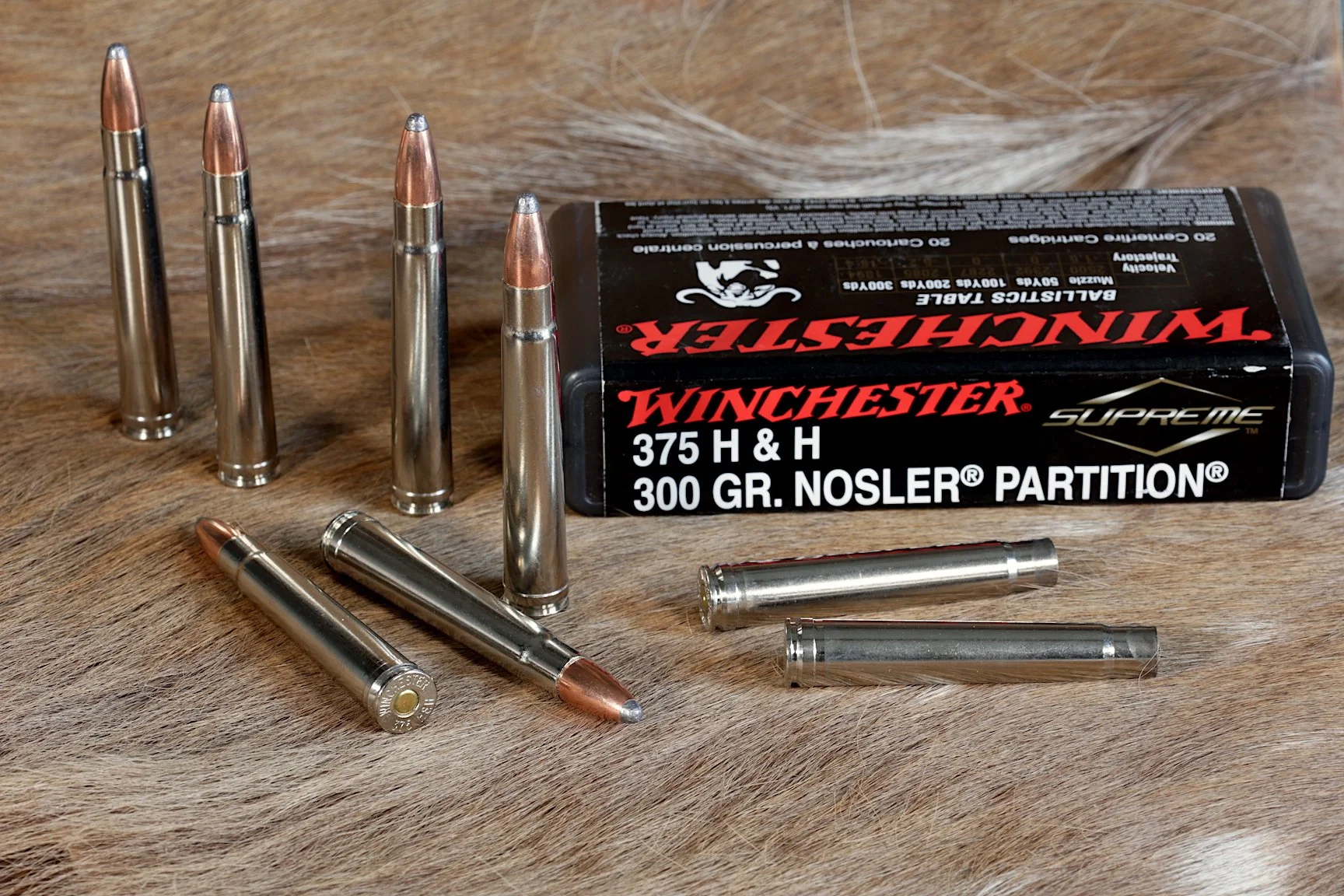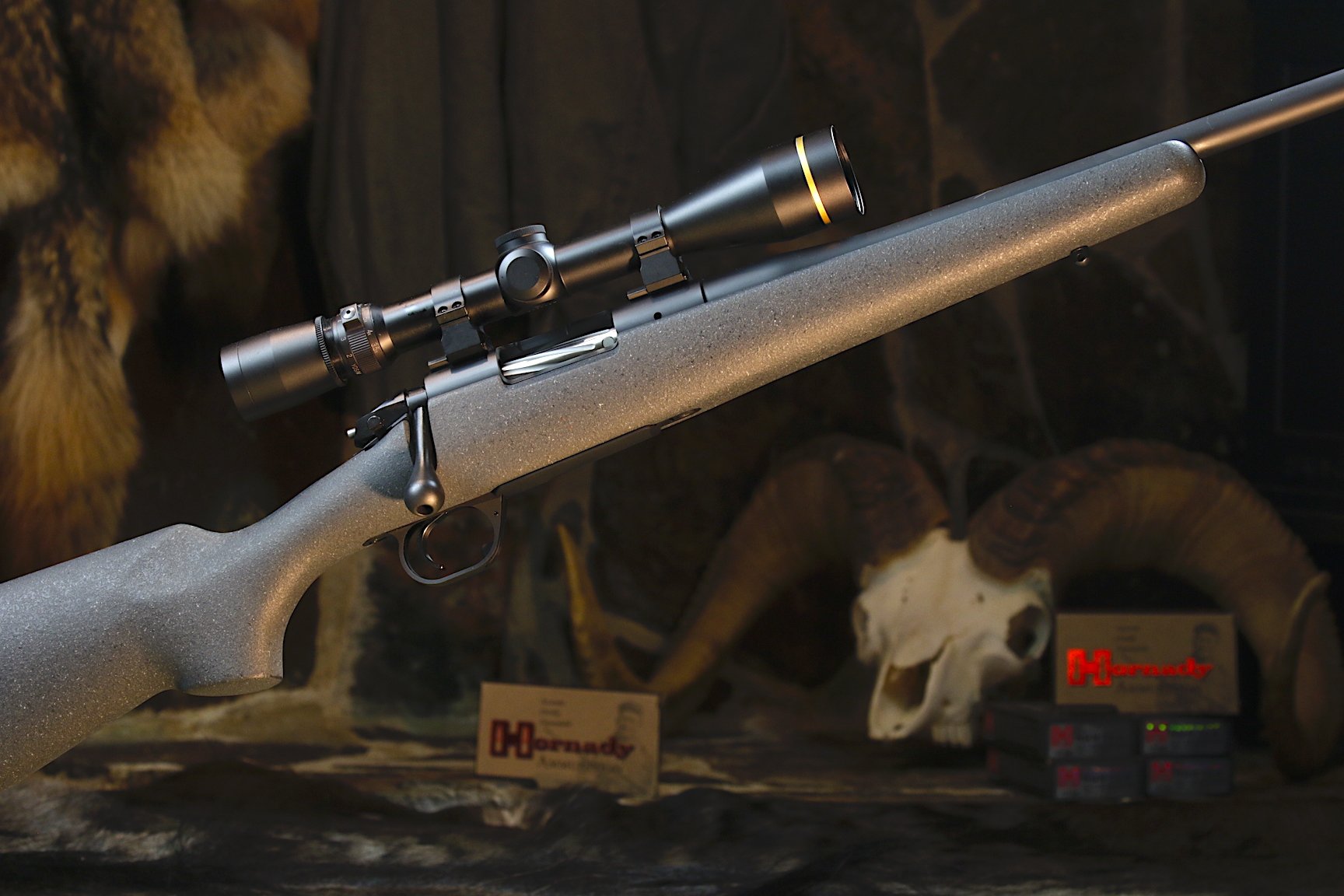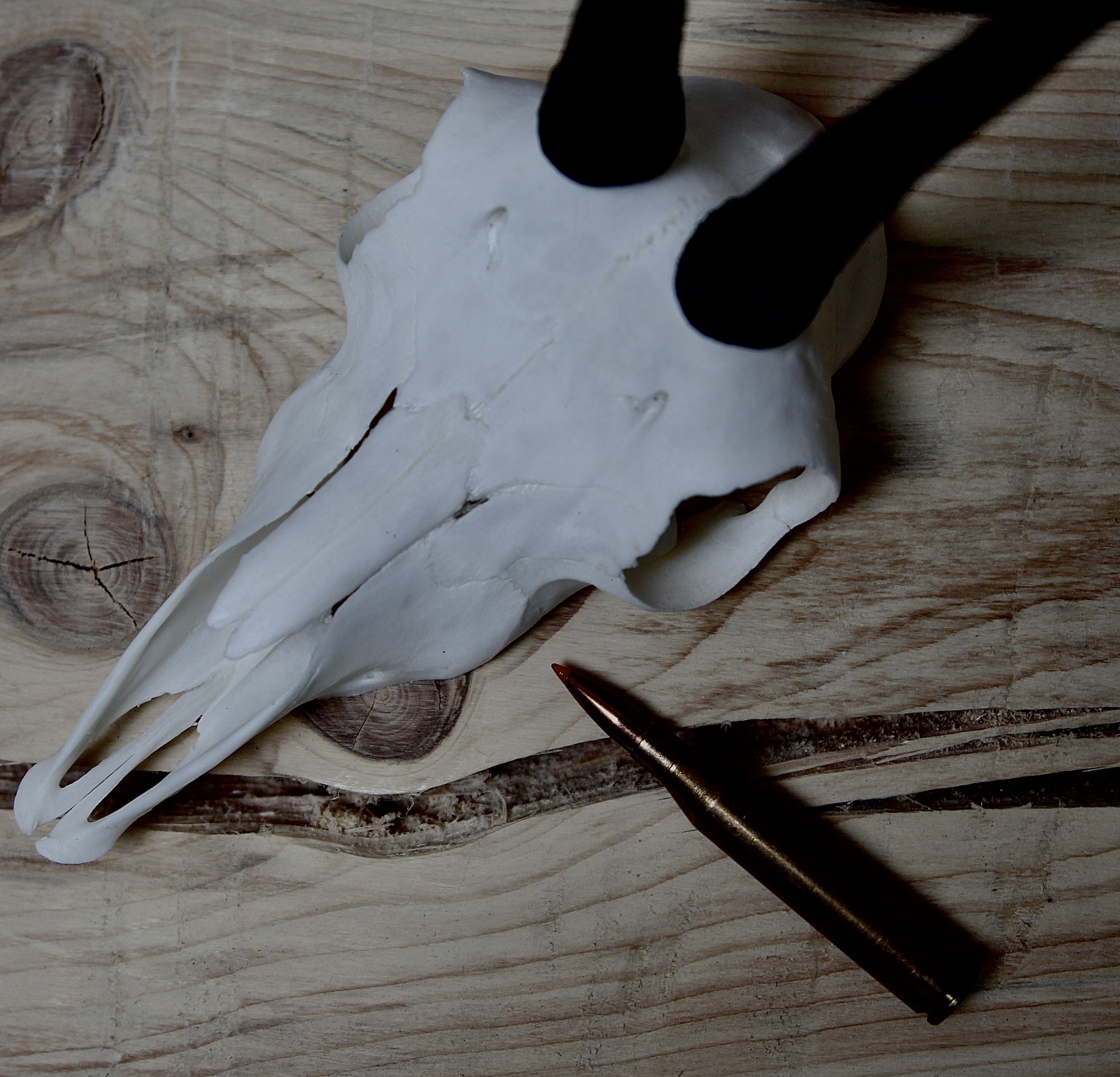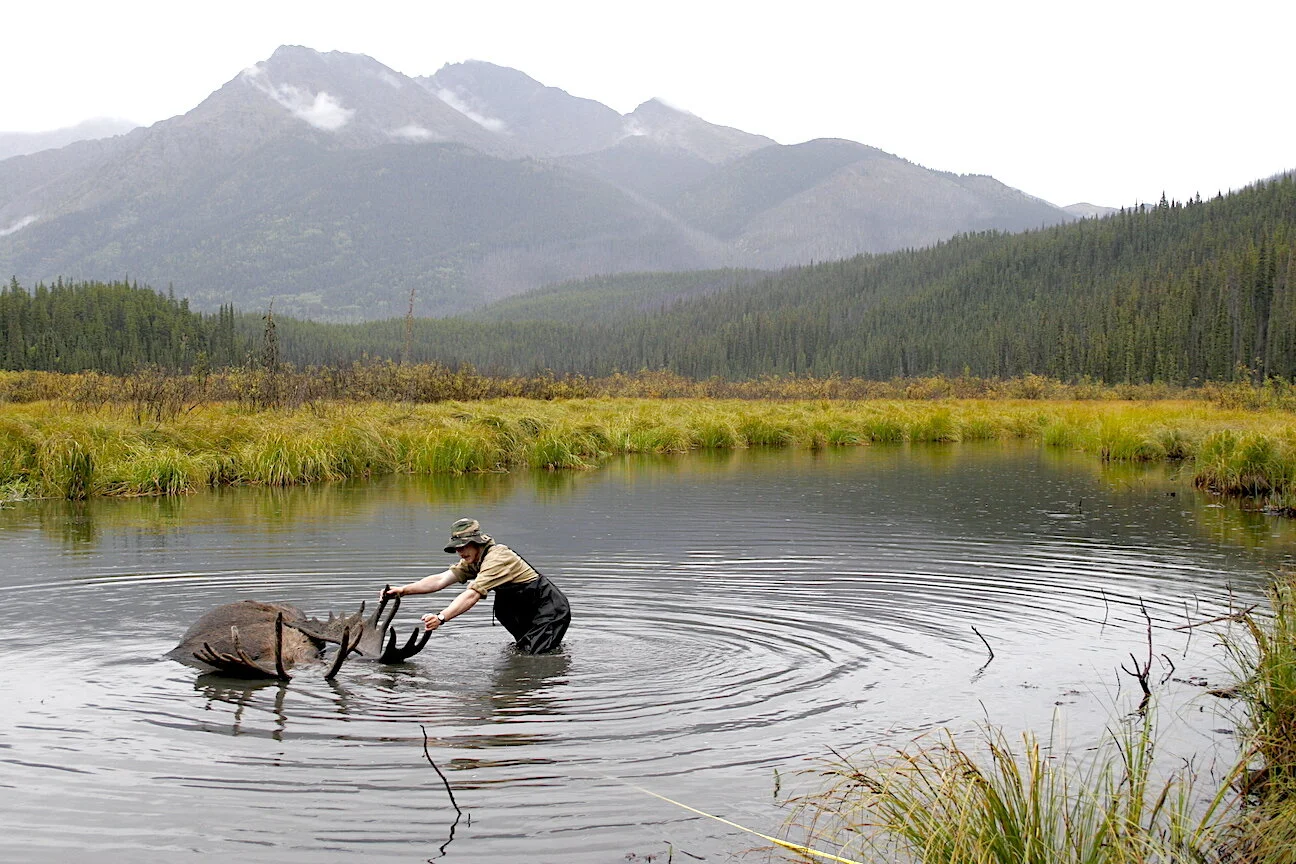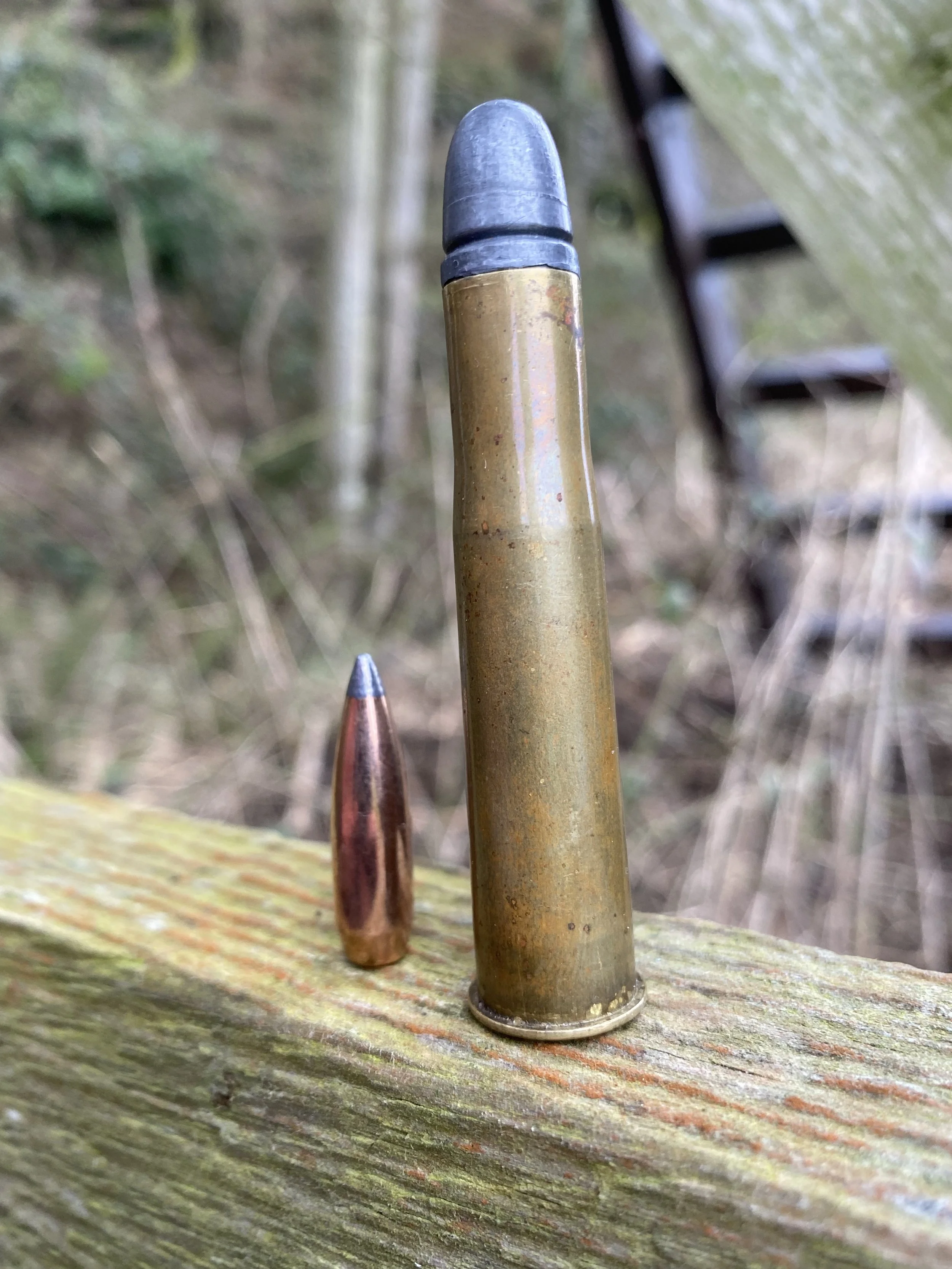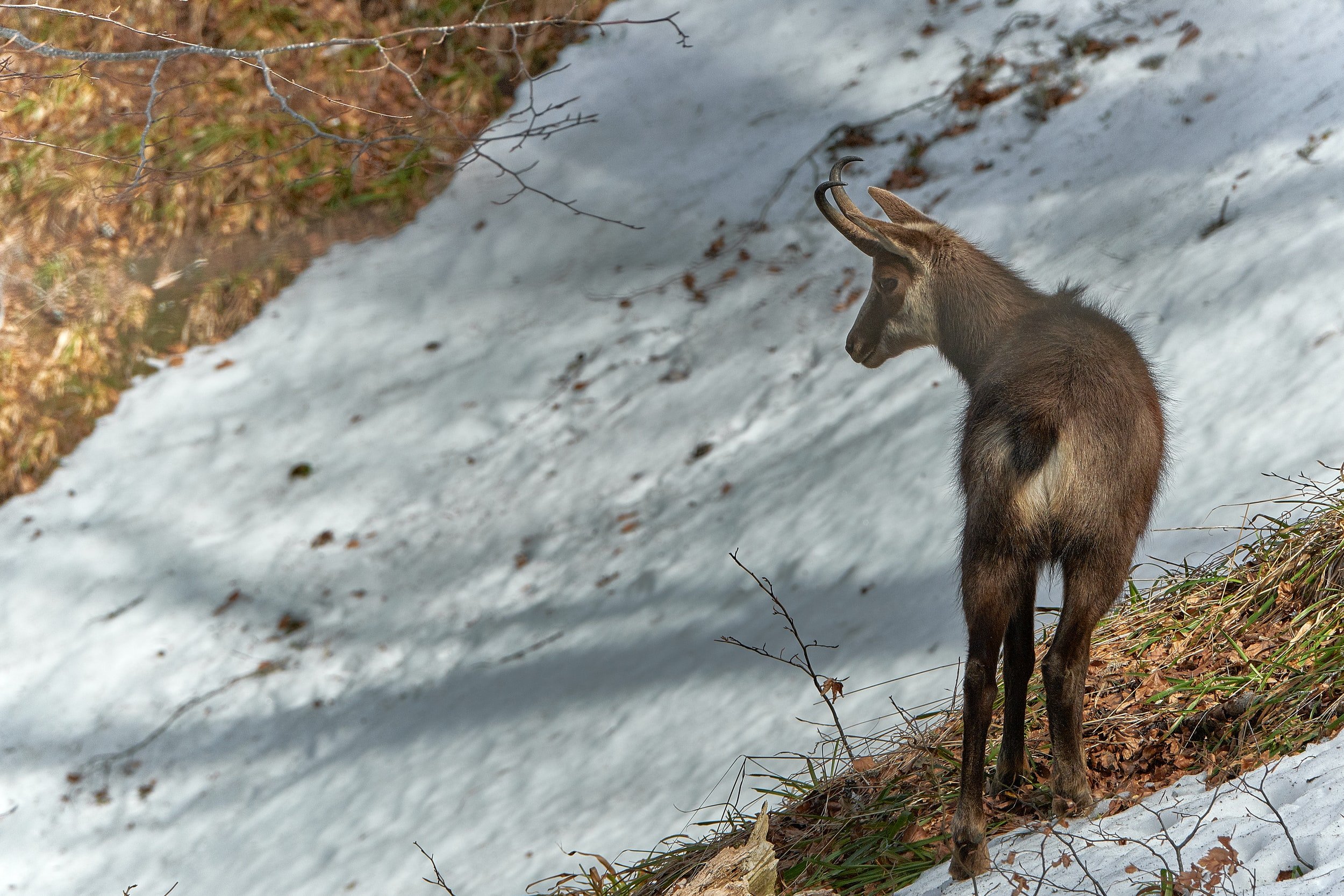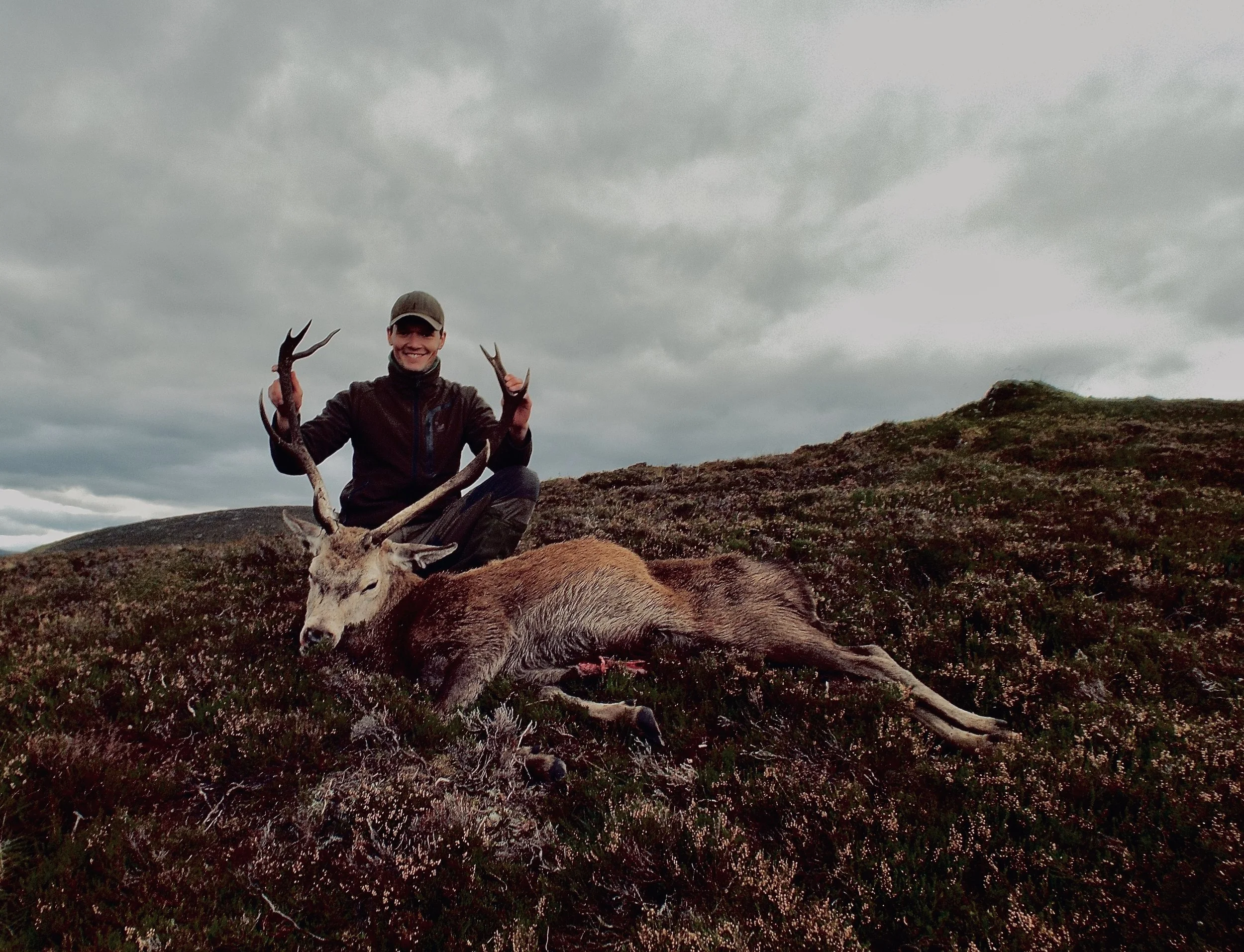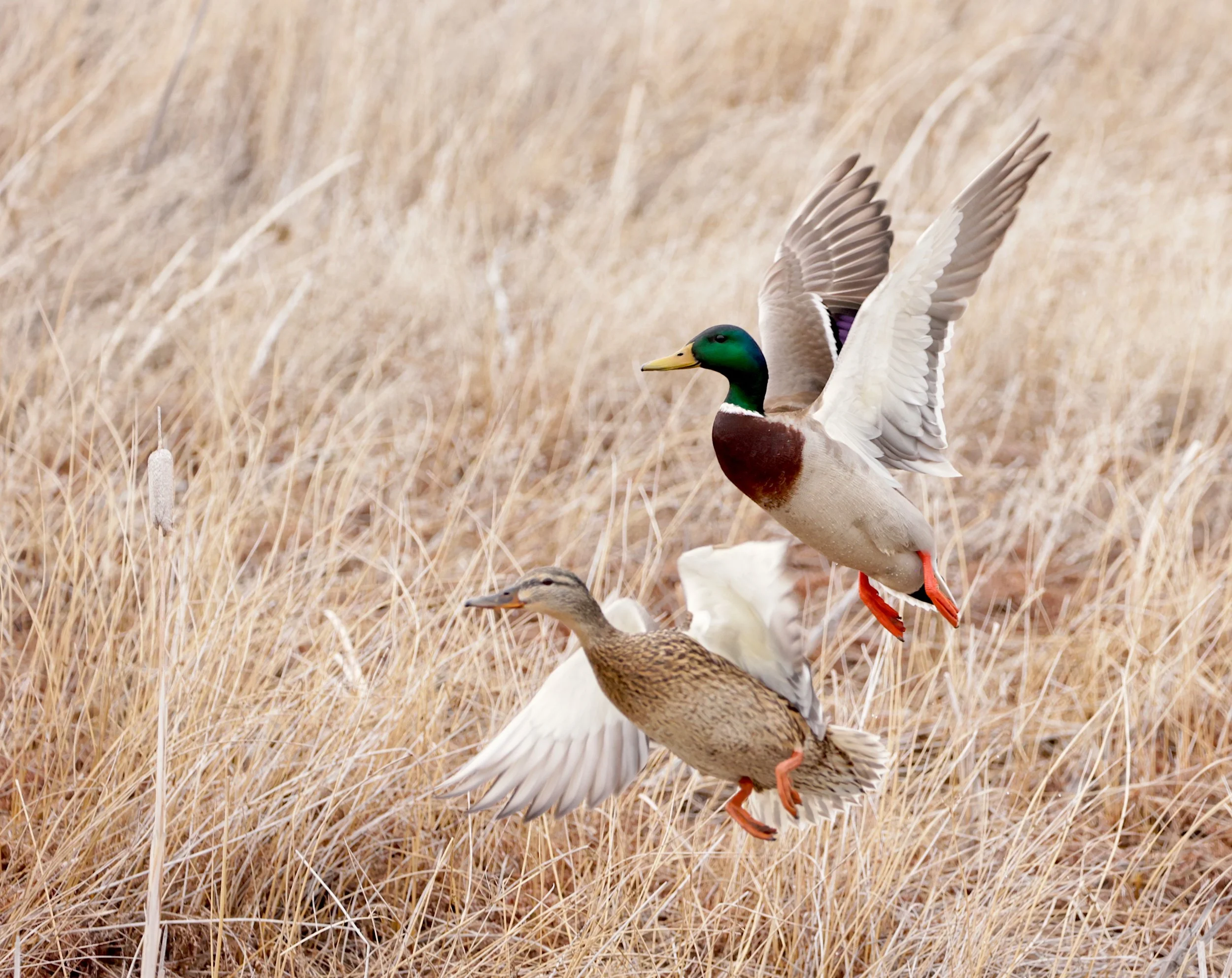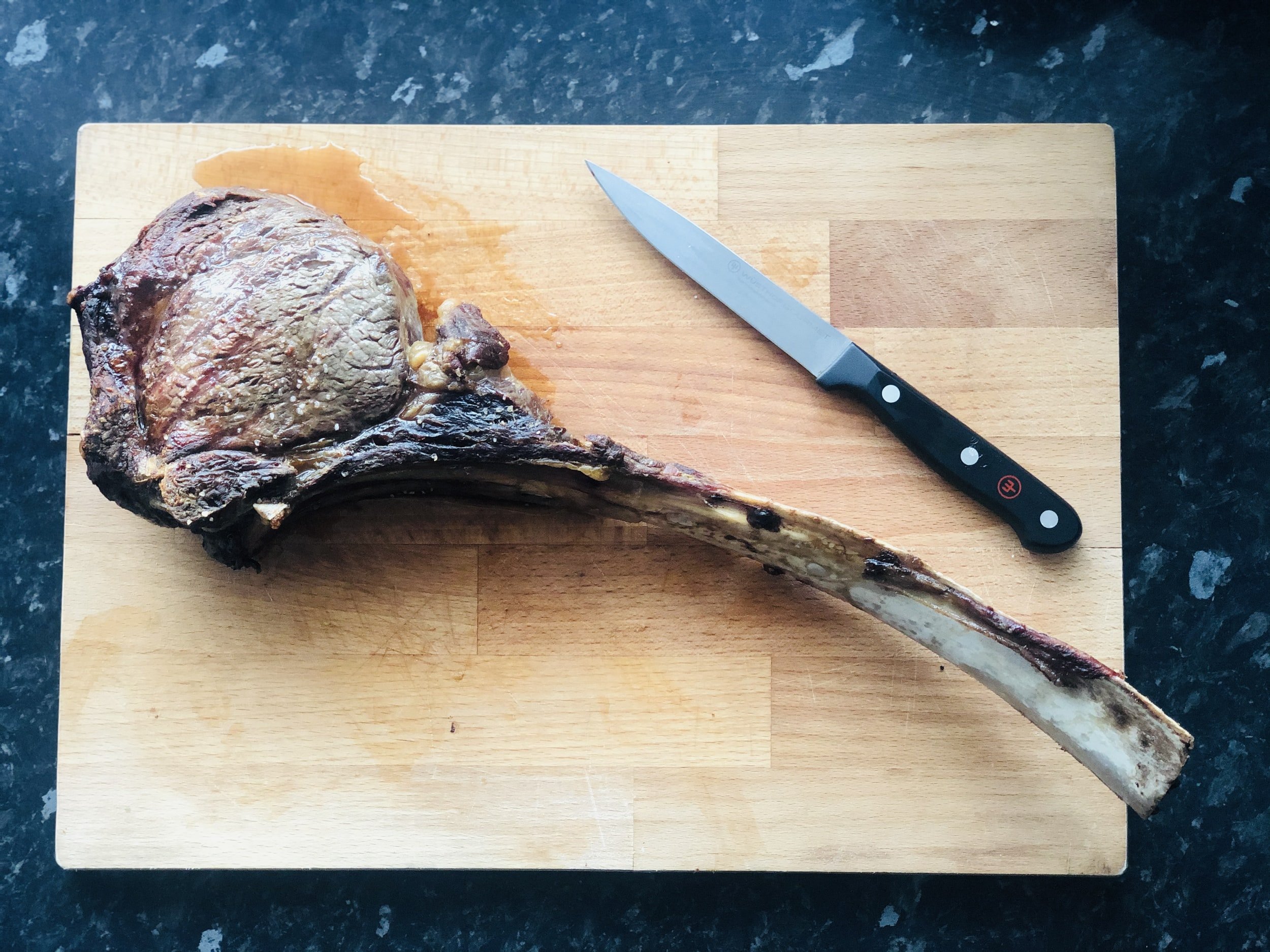How to Afford More Hunts Abroad
As much as I love hunting close to home, hunting new places and new game has become addictive for me. But, like hunting in general, exploring new hunting opportunities around the globe is expensive. Unless you’re able to cough up big sums of cash on a regular basis, saving money for hunting adventures is part of reality.
How elaborate of a hunting camp do you want to pay for?
Fortunately, there are ways to speed up the savings and squeeze out more hunts in new places. Try some of the strategies I list below, and you might be surprised how much hunting you can actually afford. Not every tip works for everyone. But the idea is to cut costs by kicking non-essential aspects out of your plans.
Let’s get started!
Prioritize What’s Essential to You
Setting priorities is key. Most advertised guided hunts come as a package that might not fit your style. Do you really want to pay for 5-star lodging and dining, or is a rough tent camp more your style? Do you insist more on trophy-quality animals or a trophy-quality experience? Wild country? Farm country?
And what about those guides? Do you need one, or would you rather plan and conduct the hunt yourself? In many venues, local guides are mandatory by law, but in some jurisdictions, you are free to travel, camp, and hunt on your own.
If you know what you don’t need as well as what you do, you have a starting point to cut costs. Choosing trophies of lower “trophy quality” can be an effective way to reduce overall costs. Outfitters in regions famous for huge bucks and bulls will charge accordingly. But oversized trophies are often separated from representative ones by just a few inches — and thousands of dollars. Do you really need to spend $3,000 or more for another inch or two of horn? In many venues, you are charged the same basic rate for room and board, yet lower rates for smaller antlers and horns, so investigate that.
Will you or your friends back home even appreciate the difference between a small, medium, or world class trophy? If not, why spend thousands more for a few inches?
On plains game hunts in Africa, for example, you often get a price list of available species and the cost for the taking. If the type of game is second to the hunting experience, skip the more expensive heads. You’ll roam and see the same country whether you target a $2,000 oryx or $10,000 roan. Go for the less expensive animals. As a “first timer,” you’ll be enthralled and in awe of the entire experience regardless of the species you stalk, so why bankroll the higher trophy fees? Heck, if the hunting experience is your “trophy,” consider non-trophy meat hunts or “cull” hunts. Stalking a herd of cows or ewes is often more difficult than stalking an old, lone male of the same species.
If you have a friend or family member who accompanies you, most outfitters will offer a lower-priced 1x2 guiding service. So long as you don’t fight over who shoots the biggest, you enrich your experience by being in on twice the action. You and your partner can help each other with spotting, stalking, photography, and moral support. Depending on the type of hunt, sharing a guide will not even reduce your odds of success. Many times you can take two animals from the same herd, the same stalk. And what a story that makes!
Dangerous game hunting asks for intimate knowledge of your weapon.
As for those camp accommodations, ask your potential outfitter if he has cheaper options that fit your wallet better than the advertised first-class experience. Satin sheets and a chocolate mint on your pillow each night are a nice touch, but if you sleep well on a cot or foam ground pad, you could snore your way through several thousand dollars of savings. And that can be applied to another hunt. Or another animal.
Thoughts on Guns
Regarding guns for out-of-country hunts, things are more complicated. Most experienced hunters insist that using the gun you know and trust is ideal. And that is true more often than not. But traveling with a firearm can be a small hassle and an increased expense. Expensive hard cases and locks. Airline baggage fees. Country import fees and taxes. Special permits and police “inspections,” and even daily “firearms possession fees.” Fifty bucks here, a hundred there, and pretty soon, you’ve spent as much for the privilege of hunting with your rifle as the rifle and scope itself cost!
Borrowing your outfitter’s “rent-a-rifle” might be a money-saving alternative, but before you choose this option, research to see if his specific loaner rifle will work for you. Is it left-handed or right? Are you familiar with the action style and safety? Can you handle the recoil of the cartridge? Will the scope’s eye relief work for you? Just make sure you’re familiar with the gun you’ll end up holding in your hand.
Mauritius has very strict firearm laws. Blaser rifles are standard models waiting for hunting guests.
A big consideration is the anticipated shooting distance. Baited hunts, treestand hunts, hound hunting for treed predators, and any stalking in heavy cover that leads to close-range shots suggest a borrowed rifle should work well. But on those hunts that ask for really long shots, go with your perfectly fitted long-range rig. Shooting beyond 300 yards with a borrowed rifle and ammo of questionable trajectory is risky. You might want to pay the price to bring your finely tuned 28 Nosler or 300 PRC.
Save money by sharing a rifle like this Parkwest Arms SD76 in 375 H&H Magnum with a hunting partner.
I have used loaned guns on several occasions. A Blaser R8 chambered in .30-06 for Rusa Deer in Mauritius, a Tikka T3 in .270 Winchester for Scottish highland stags. A Steyr Mannlicher in 7x64 Brenneke in Hungary and an R93 chambered in .308 Winchester in Namibia. Problems so far? Nil. So just recently, I opted to use a 6.5x55 Swedish R8 on a hunt for English muntjacs come February.
On dangerous game hunts, your beloved .375 H&H with the controlled expansion bullet you trust is the way to go. Your outfitter is probably familiar with the cartridge, it’s likely legal in all countries for all game, and ammo should be available in larger urban centers or even in camps. In larger calibers, the 416 Rigby, 416 Rem. Mag. and 458 Win. Mag. are probably good bets. With anything larger and more “exotic” like 505 Gibbs, 470 N.E., and 500 N.E., you’d best consult with your outfitter/PH regarding ammo availability in case yours doesn’t survive the flights. Lost ammo is a common malady with traveling hunters.
The ubiquitous 375 H&H is usually a great cartridge for hunting anything anywhere in the world.
Wing shooting for game birds and waterfowl with quality guns provided by the outfitter should work IF you’re familiar with the guns/actions and ok with run-of-the-mill factory stocks. Shotgun fit is essential for accurate wing shooting, so if you require significantly different length-of-pull, cast-off, drop-at comb, etc., you’d best bring your own shotgun. But if you shoot most factory guns well enough, you should do fine with a loaner.
One last thought here: don’t talk yourself into believing you need a new gun for your upcoming hunt. Unless it’s a dangerous game hunt for which you have no adequate caliber, your own or the outfitter’s all-round rifle should be enough. Everything launching a heavy-for-caliber, high-quality .277 to .308 caliber bullet to respectable velocities will be enough for anything short of the dangerous stuff. With today’s bullets, some will even argue that a .264 cartridge is sufficient. And it probably is. So there’s probably no reason you have to buy that new gun unless you want to, of course.
Don’t feel as if you MUST buy a fancy, walnut and blued AFRICA rifle. Your standard deer/elk rifle in a familiar configuration should work just fine for most game around the world. This is a Bergara chambered 6.5 Creedmoor, a small, easily handled cartridge increasingly popular everywhere.
Smaller Taxidermy Bills
I can keep this one short. Everyone who has ever paid a taxidermist for a quality mount can attest to the value of that memento. But fine taxidermy is never cheap. European mounts might be the most effective way to cut the overall costs of a hunting trip, especially on trophy-rich hunts and African plains game hunts. It’s not unusual to collect ten specimens on such hunts. Do you really need a full-body mount of all of those? Or would you rather dedicate that money toward another adventure?
To me, a trophy mount is a piece of memorabilia, not the end purpose of the hunt, so I’m usually happy with a European mount. Others settle for just the memories plus photos. They call this “two-dimensional taxidermy.” I’ll admit it’s hard to leave a splendid trophy behind, but getting it home can be a major expense. Dip and pack fees, various government quarantine and inspection fees, and shipping fees can easily add up to $5,000. And that’s before the tanning and taxidermy fees. I suggest you think long and hard about your motivation for distant hunting trips. Are you a collector of specimens or a collector of adventures and memories? If money is no object, you can do it all, but for most of us, money is an object. Spend it judiciously.
Euro mounts look great, too. And they’re a lot cheaper than full taxidermy.
Explore All Travel Options
Traveling with few or no stops to your destination is comfortable and convenient. But I have found options with one or two stops to be cheaper — up to several hundred dollars on long connections. Putting in six or even twelve additional hours for a few hundred bucks? For me, this is a no-brainer. I can use the layover time to read, work on my computer, or just visit with travel companions or even folks I meet at the airport. There are usually like-minded hunters on flights to popular hunting destinations.
Airport queues can add hours to a “fast flight.” A road trip might be faster.
Sometimes, traveling with your car is the smarter, more affordable option. You trade time and convenience for a substantial sum of cash. And when you already share a guide with your buddy, why not the car as well? Do the math with the car’s consumption, and see what you can save. Consider luggage, too. In a car, there is room for all your guns and gear and probably a cooler or two for bringing back meat. And no “excess luggage” fees! No expensive, lockable firearm travel cases either.
Are you fine with camping, or do you need fine dining and lodging?
When contemplating driving, compare total drive time against total time spent flying, including trips to and from the airport, check-in lines, inspection lines, waiting rooms, delayed and canceled flights, etc. Often, if not usually, trips of 1,000 miles and shorter are faster via driving.
If you’re able to find a hunt in conjunction with a family vacation or a work trip, you can save on flights/travel, too. Does your boss allow a few days of vacation at the end of work trips? Then you can use them for some adventure. The same goes for family vacations. If your partner is fine with a few days on her or his own while on holiday, combine a hunt with that family trip. It might just be a flight home a few days later that opens a window for a hunt away from home.
Get creative and explore all options. I’m willing to cut down on the comfort, accommodation, dining, and even trophy size to squeeze an extra hunt out of my budget. Time spent hunting is most valuable. The rest is the icing on the cake, in my opinion. Think about it; it might be the same for you.





